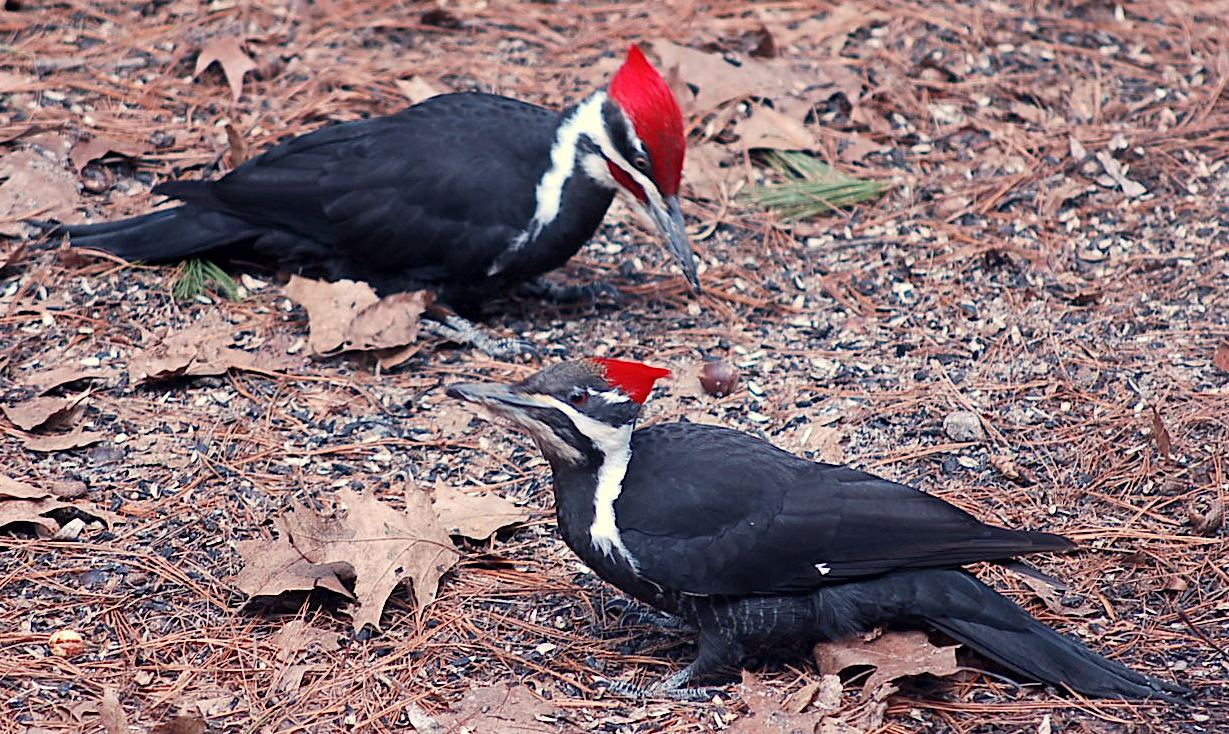Observing Woodpeckers in Florida: Species Variety and Circulation
Observing Woodpeckers in Florida: Species Variety and Circulation
Blog Article
Introducing the Tricks of Woodpeckers: Actions, Habitat, and A Lot More
Woodpeckers, with their special actions and specialized adjustments, have actually lengthy interested researchers and nature fanatics alike. These impressive birds possess an array of appealing secrets that clarified their survival techniques, habitat preferences, and elaborate interaction techniques. By discovering the secrets bordering woodpeckers' habits and environment selections, a much deeper understanding of these bird wonders emerges, using a look right into their remarkable world. So, what makes these birds genuinely remarkable, and exactly how do they browse their atmosphere with such accuracy and skill? Let's check out the fascinating realm of woodpeckers and decipher the enigmatic details that make them such appealing topics of research study.
Woodpecker Actions Insights
In examining woodpecker actions, an interesting display screen of specialized skills and adaptations arises, losing light on their exceptional ecological particular niche. Woodpeckers, known for their distinct drumming on trees, possess a selection of behavioral attributes that contribute to their survival and success in their setting.
Additionally, woodpeckers show a distinct feeding actions defined by their capacity to extract pests from tree bark using their specialized beaks. Their long, barbed tongues help in capturing victim, while their solid neck muscle mass give stability and accuracy throughout pecking motions. This feeding method allows woodpeckers to gain access to surprise insect larvae and extract them with exceptional performance.
Habitat Preferences and Choice
What elements influence the habitat choices and choice of woodpeckers? Woodpeckers are very adaptable birds understood to live in various environments worldwide. They do exhibit preferences for specific environment features. One essential aspect affecting woodpecker environment selection is the availability of appropriate nesting sites. Woodpeckers normally favor forests with a mix of mature trees that offer sufficient chances for tooth cavity excavation. These dental caries offer as crucial nesting and roosting sites for woodpeckers and are important for their breeding success.
In addition, woodpeckers reveal a choice for habitats with an abundant supply of food sources. They are largely insectivorous, preying on beetles, ants, larvae, and various other bugs discovered in decaying wood or tree bark. Therefore, woodpeckers often tend to prefer wooded areas with a varied insect population to meet their nutritional demands.
Moreover, the visibility of dead or rotting trees is an additional crucial consider woodpecker environment choice. These trees not only give food sources but additionally use suitable substratum for tooth cavity excavation. Dead trees are important for the upkeep of healthy woodpecker populaces, as they play a vital see here duty in the woodpeckers' life cycle and ecological community dynamics.
Feeding Habits and Diet Regimen Composition
Woodpeckers demonstrate a specialized feeding habits concentrated on foraging for insects within different environments. In addition to bugs, woodpeckers additionally consume tree sap, fruits, nuts, and seeds, adding range to their diet regimen depending on the season and accessibility of food blog resources.
The foraging strategies of woodpeckers are well-adapted to their arboreal way of living (Woodpeckers in Florida). Their capacity to dig deep into timber not just provides them with food but also helps in creating nesting cavities and establishing territories. Woodpeckers play a vital function in preserving the health and wellness of woodlands by managing insect populations and helping in the decay of wood. Understanding their feeding practices and diet composition is essential for conservation initiatives intended at protecting these special and important birds.
Drumming Sounds and Interaction
Making use of fast drumming sounds on numerous surface areas, woodpeckers utilize a distinctive kind of interaction to signal area limits and attract companions. This drumming actions is not just a way of interaction yet likewise works as a way for woodpeckers to develop their existence within a particular location. The intensity, speed, and pattern of the drumming can share essential information to various other woodpeckers around.
Woodpeckers make use of drumming noises to announce their visibility in a territory and to advise off prospective intruders. The loud and repeated nature of the drumming serves as a clear signal to various other woodpeckers that the area is currently claimed. This aids in decreasing problems and reducing physical battles between people.

Survival Adaptations and Specialized Anatomy

Conclusion
To conclude, woodpeckers show one-of-a-kind habits, such as drumming noises for communication, and have actually specialized makeup for survival in their selected habitats. Their feeding habits and diet regimen structure additionally demonstrate their flexibility to numerous atmospheres. By understanding these facets of woodpeckers, scientists and guardians can better shield and protect these fascinating birds and their ecosystems.
Report this page